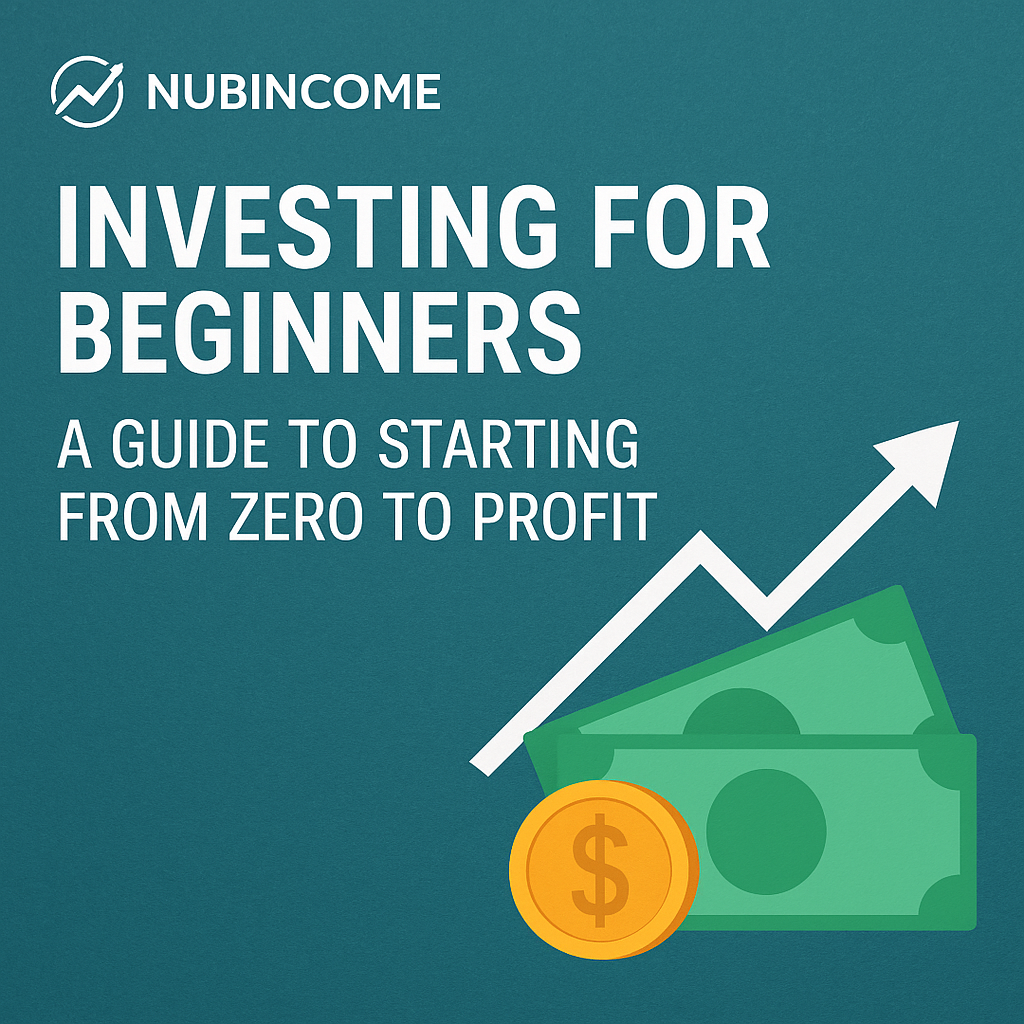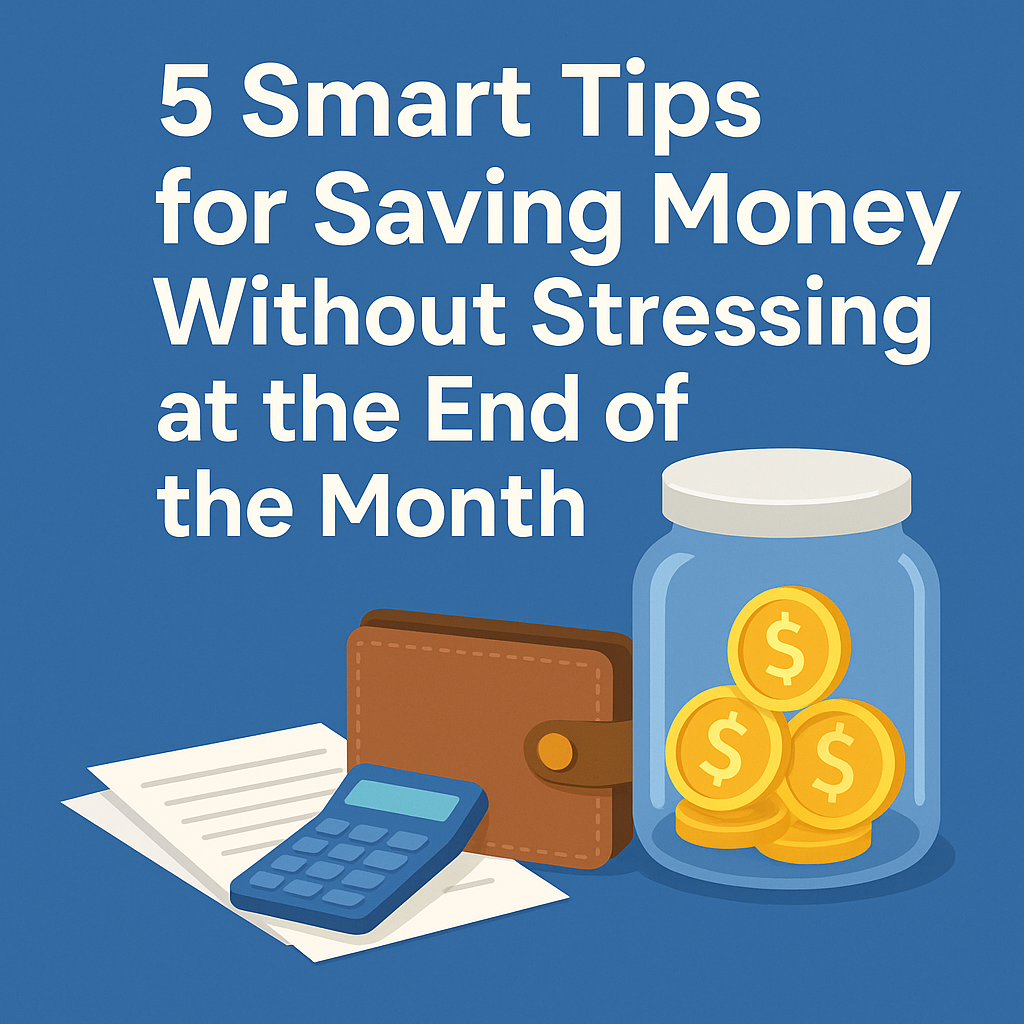Investing for Beginners: 6 A Guide to Starting from Zero to Profit


Starting your investing journey can feel overwhelming. Charts, financial jargon, and endless advice might make you wonder: “Where do I even begin?” Don’t worry—you don’t need to be a Wall Street expert to start investing. In fact, every successful investor once began with zero knowledge, just like you.
This guide is designed for investing for beginners—people who want to learn the basics, build confidence, and take small steps toward a brighter financial future.
Why Investing Matters (Even If You’re Just Starting Out)
Imagine planting a seed. With time, sunlight, and water, that seed grows into a tree. Investing works the same way. Your money, when placed in the right “soil,” has the power to grow.
📊 Fact Check: According to historical data from the S&P 500, the stock market has averaged about 10% annual returns over the long term (before inflation). While there are ups and downs, history shows that staying invested for the long haul can generate wealth.
👉 The earlier you start, the more you benefit from compound interest—earning returns on your returns.
According to a recent report from the Harvard Business Review, a basic understanding of investing is crucial before embarking on your financial journey.
Step 1: Set Clear Financial Goals
Before putting your money anywhere, ask yourself:
- Do I want to save for retirement?
- Am I building an emergency fund?
- Do I want passive income from dividends?
🎯 Start small: even $20–$50 per month invested consistently can grow into a meaningful amount over time.
Step 2: Learn the Basics of Investment Options
Here are the most common beginner-friendly investments:
- Stocks – Owning a piece of a company.
- ETFs (Exchange-Traded Funds) – A basket of stocks or bonds, great for diversification.
- Mutual Funds – Professionally managed investment pools.
- Bonds – Lending money to governments or corporations with fixed returns.
- Index Funds – A simple, low-cost way to track the market (e.g., S&P 500).
💡 Tip: For beginners, index funds and ETFs are often the easiest way to start because they spread your risk across many companies.
Step 3: Understand Risk vs. Reward
Every investment carries risk. But risk isn’t something to fear—it’s something to manage.
- High Risk = Potentially High Reward (e.g., individual stocks, crypto).
- Low Risk = Lower Reward (e.g., bonds, savings accounts).
⚖️ Balance is key. A diversified portfolio (mix of assets) protects you when one investment underperforms.
Step 4: Choose a Beginner-Friendly Investment Platform
Today, you don’t need a broker in a suit to start investing. Apps and online platforms make it simple.
When choosing a platform, look for:
- Low or zero fees
- Automatic investing options
- Educational resources
- Fractional shares (so you can invest with small amounts)
Step 5: Start Small and Stay Consistent
Many beginners think they need a lot of money to invest. That’s not true. Thanks to fractional shares and apps, you can begin with just a few dollars.
✅ The key is consistency. Even if the market dips, keep contributing. Over time, you’ll ride out the ups and downs.
Step 6: Avoid Common Mistakes Beginners Make
- ❌ Investing without an emergency fund
- ❌ Chasing “get rich quick” schemes
- ❌ Following hype instead of research
- ❌ Checking your portfolio every hour
- ❌ Putting all your money into one stock
Remember, investing is a marathon, not a sprint.
Before you start investing, it’s also important to get used to managing your personal finances. To learn how, check out my article on 5 Smart Tips for Saving Money Without Stressing at the End of the Month.
The Psychology of Investing
Money is emotional. Fear and greed often drive bad decisions.
📌 Research from behavioral finance shows that beginners often sell during downturns—locking in losses—when patience would have paid off.
👉 The solution: automate your investments and focus on long-term goals.
Storytime: My First Investment
When I first started investing, I bought a single share of a company I liked (it was less than $50). Watching that tiny investment grow—even just a few dollars—gave me confidence. That small step eventually led me to explore ETFs, index funds, and retirement accounts.
The lesson? Start small. Start now.
Frequently Asked Questions (FAQ)
1. How much money do I need to start investing as a beginner?
Not much! Thanks to fractional shares, you can start with as little as $10–$20.
2. Is investing risky for beginners?
All investing has risks, but diversification and long-term investing reduce them significantly.
3. What’s the safest investment for beginners?
Index funds, ETFs, and government bonds are often considered beginner-friendly.
4. Should I pay off debt before investing?
High-interest debt (like credit cards) should be tackled first. Once that’s under control, start investing.
5. Can I invest without a financial advisor?
Yes! Many beginners manage their own portfolios using apps and educational tools. But if your finances are complex, consider professional advice.
Final Thoughts: Investing for Beginners is About Progress, Not Perfection
Starting your investing journey isn’t about predicting the next hot stock or becoming a millionaire overnight. It’s about taking consistent, smart steps toward your goals.
Remember:
- Start small
- Stay consistent
- Diversify your portfolio
- Keep learning
Every investor, no matter how successful today, once started where you are now—with zero knowledge and a desire to grow. 🌱
Disclaimer
This article is for educational and informational purposes only. It is not financial advice. Please do your own research or consult a licensed financial advisor before making any investment decisions.





